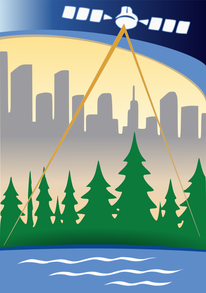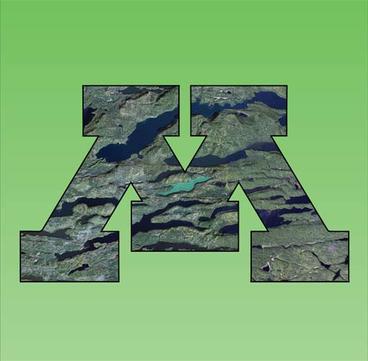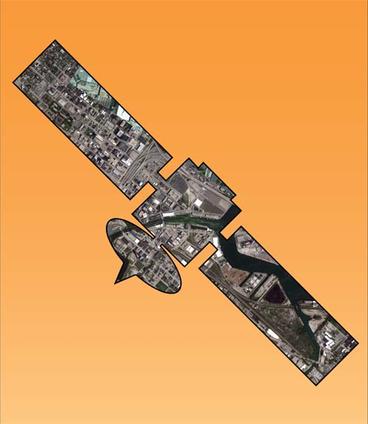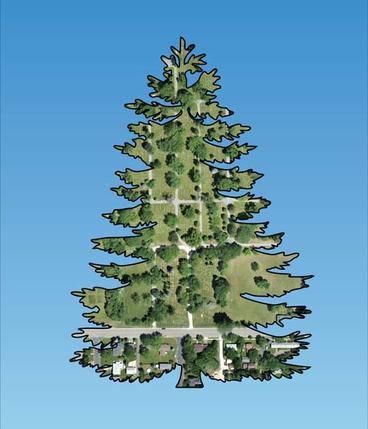
The mission of the RSGAL is to advance the development and application of remote sensing and geospatial analysis to inventory and monitor natural resources and environment through research, education, and outreach. RSGAL scientists have decades of experience in applying remote sensing data and methods in a variety of contexts, such as forest inventory, water quality, wetlands monitoring, and land cover/use change.
Research

Assessing growing impacts on our forests, wetlands, lakes, and croplands requires remote sensing. RSGAL research includes novel methods for studying landscape change, including the mapping and monitoring of urban tree canopy cover, impervious surfaces, urbanization, crop production, and natural resources.
Education

Remote sensing and GIS are not new areas of instruction at the University of Minnesota. What began in 1949 as a single course in aerial photography interpretation for forestry students has evolved into a series of courses for a multi-disciplinary audience. Today, students from agriculture, ecology, forestry, landscape architecture, geography and many other majors enroll in courses in remote sensing and GIS. Courses taught by the Department of Forest Resources faculty and staff are listed below. Students are also encouraged to explore other geospatial courses (e.g. U-Spatial and NRSM) at the University of Minnesota.
Outreach

One of the foundational principles of the land grant university mission is to provide outreach to citizens. The RSGAL undertakes numerous outreach activities every year, including teaching workshops on remote sensing to agency personnel and stakeholders, exhibiting at public-facing events such as the Minnesota State Fair, Minnesota Drone Day, and the UMN Bell Museum, and providing advice and mentoring to those interested in incorporating remote sensing into their work.